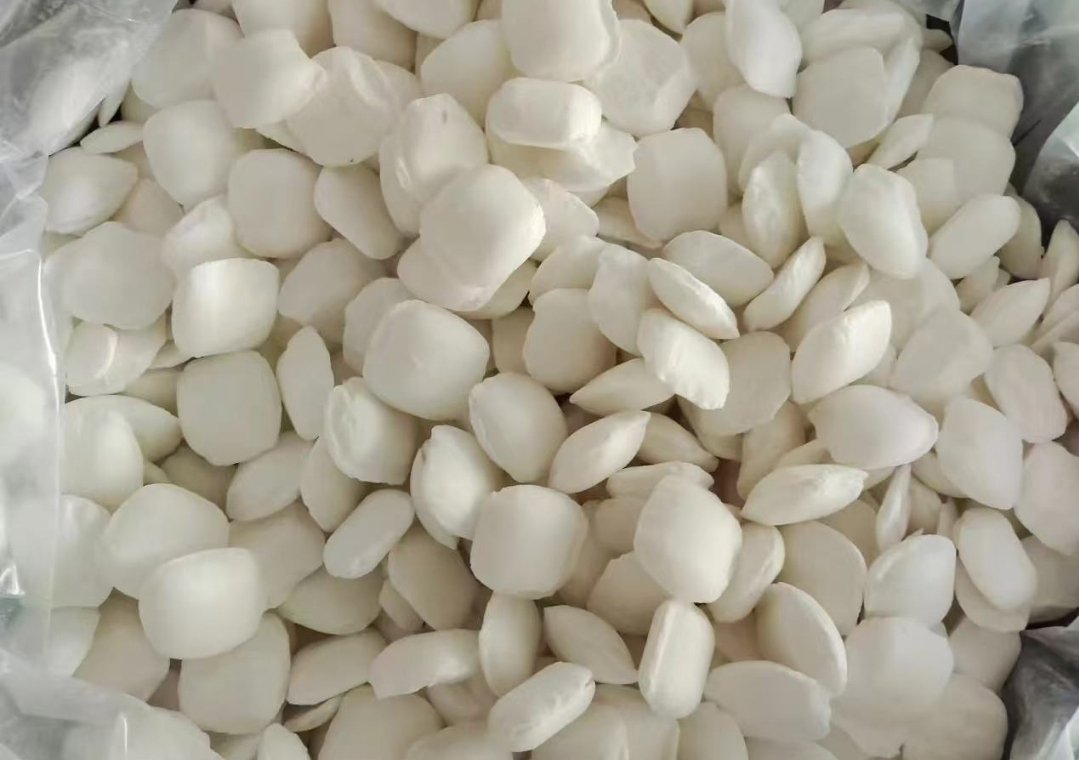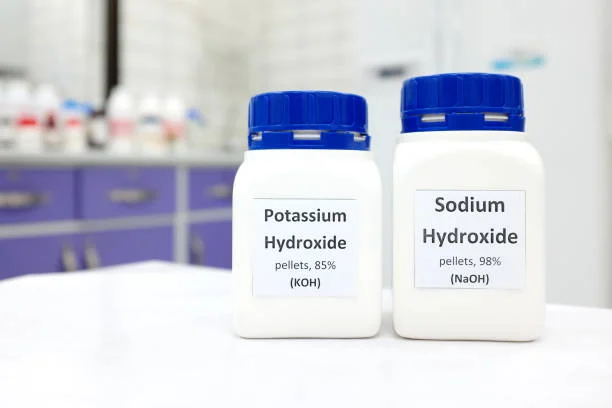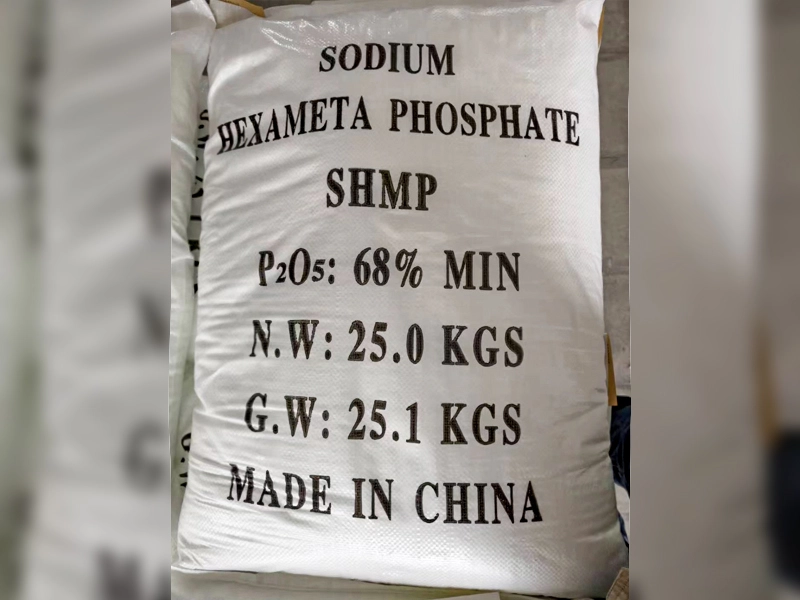
Activated carbon, celebrated for its expansive surface area and remarkable adsorption capabilities, has carved out a niche in numerous industries. Its applications span from purifying water and filtering air to facilitating chemical synthesis and energy storage. Among the diverse activation techniques employed to enhance the properties of Activated carbon, the use of Zinc chloride has emerged as a particularly effective method. This blog post aims to comprehensively explore how zinc chloride is utilized in the activation of activated carbon, delving into its underlying mechanisms, the activation process, its benefits, and the associated challenges.
The Activation Mechanism of Zinc Chloride
The activation process involving zinc chloride unfolds through a synergy of physical and chemical phenomena. When zinc chloride serves as an activating agent, it engages with carbonaceous precursor materials at elevated temperatures. On a molecular level, zinc chloride functions as a dehydrating agent, extracting water molecules from the precursor. This dehydration initiates the decomposition of organic matter, triggering the formation of pores within the carbon structure.
Chemically, zinc chloride acts as a catalyst for the rearrangement of carbon atoms, promoting the development of a more organized and porous carbon network. As the temperature climbs, zinc chloride melts and permeates the precursor, substantially increasing the contact area between the activating agent and the carbonaceous material. This enhanced interaction enables a more efficient activation process, giving rise to a hierarchical pore structure that includes micropores, mesopores, and occasionally macropores. The presence of these varying pore sizes is of paramount importance, as it endows activated carbon with the ability to adsorb a wide spectrum of molecules, contingent upon their size and characteristics.
The Activation Process
The activation process utilizing zinc chloride consists of several sequential steps. Initially, carbonaceous precursors, which can range from wood and coconut shells to coal, are crushed and sized to an appropriate dimension. Subsequently, these precursors are immersed in a zinc chloride solution, a process known as impregnation. The impregnation ratio, which represents the proportion of zinc chloride to the precursor material, is meticulously regulated. This ratio significantly influences the final properties of the activated carbon; a higher ratio generally results in a more elaborate pore structure but may also impact the yield of the activated carbon.
Following impregnation, the mixture is dried to eliminate any excess moisture. The dried material is then subjected to heat treatment within an inert atmosphere, such as nitrogen or argon. This pyrolysis stage occurs at temperatures ranging between 400°C and 700°C. During this thermal process, zinc chloride activates the precursor according to the mechanisms described earlier, leading to the formation of activated carbon. Post - pyrolysis, the newly formed activated carbon undergoes thorough washing to remove any residual zinc chloride. This washing step is indispensable for ensuring the purity and functionality of the final product, as any remaining zinc chloride can compromise the adsorption performance and pose safety risks in certain applications.
Advantages of Zinc Chloride Activation
One of the most significant advantages of using zinc chloride in activated carbon activation lies in the precise control it offers over the pore structure. By manipulating parameters such as the impregnation ratio and activation temperature, manufacturers can customize the activated carbon to meet the specific requirements of different applications. For instance, in gas adsorption applications where the adsorption of small molecules is critical, activated carbon with a high density of micropores can be synthesized. Conversely, for liquid - phase adsorption, an activated carbon with a more balanced pore structure, featuring a substantial proportion of mesopores, is often preferred.
Zinc chloride activation also boasts relatively high efficiency, resulting in activated carbon with a large surface area and high pore volume. This efficiency implies that less precursor material may be needed to produce activated carbon with desired characteristics compared to other activation methods. Moreover, the process is relatively swift, reducing production time and associated costs. Additionally, zinc chloride is widely available and cost - effective, making the overall activation process economically viable, especially for large - scale manufacturing operations.
Potential Challenges and Solutions
Despite its numerous merits, zinc chloride activation is not without its challenges. One of the primary concerns is its environmental impact. Zinc chloride is a hazardous chemical, and improper disposal of the waste generated during the activation process, particularly the washing wastewater containing residual zinc chloride, can lead to soil and water contamination. To mitigate this issue, advanced wastewater treatment technologies, such as chemical precipitation and ion exchange, can be implemented to remove zinc ions from the wastewater before discharge. Recycling and reusing the zinc chloride solution can also help reduce the environmental footprint while lowering production costs.
Another challenge pertains to the quality control of the final product. Incomplete removal of residual zinc chloride can cause corrosion in some applications and interfere with the adsorption process. Stringent quality control measures are essential, including regular analysis of the activated carbon for residual zinc content using sophisticated techniques like atomic absorption spectroscopy (AAS) or inductively coupled plasma - optical emission spectroscopy (ICP - OES). Additionally, optimizing the washing process, such as increasing the number of washing steps or using suitable washing agents, can enhance the removal of residual zinc chloride and ensure product quality.
In conclusion, zinc chloride plays an indispensable role in the activation of activated carbon, offering distinct advantages in terms of pore structure customization, activation efficiency, and cost - effectiveness. However, addressing the associated environmental and quality - control challenges is imperative for the sustainable and efficient production of high - quality activated carbon. As the demand for activated carbon continues to grow across various sectors, future research and development efforts in zinc chloride - based activation processes will likely focus on further improving environmental sustainability and enhancing product quality.
- Random Content
- Hot content
- Hot review content
- Unlocking the Power of Mineral Processing Chemicals: Enhancing Efficiency and Sustainability
- Sodium Sulfide Industry Grade 60% 30ppm/150ppm Yellow/ Red Flakes Na2s
- Ferrous Sulfate Industrial Grade 90%
- Citric acid-Food Grade
- Dodecylbenzenesulfonic acid
- Food Grade Ammonium Sulphate
- Triethanolamine(TEA)
- 1Discounted Sodium Cyanide (CAS: 143-33-9) for Mining - High Quality & Competitive Pricing
- 2China's New Regulations on Sodium Cyanide Exports and Guidance for International Buyers
- 3Sodium Cyanide 98% CAS 143-33-9 gold dressing agent Essential for Mining and Chemical Industries
- 4International Cyanide(Sodium cyanide) Management Code - Gold Mine Acceptance Standards
- 5China factory Sulfuric Acid 98%
- 6Anhydrous Oxalic acid 99.6% Industrial Grade
- 7Oxalic acid for mining 99.6%
- 1High Quality 99% Purity of Cyanuric chloride ISO 9001:2005 REACH Verified Producer
- 2Sodium Cyanide 98% CAS 143-33-9 gold dressing agent Essential for Mining and Chemical Industries
- 3 High-Quality Sodium Cyanide for Leaching
- 4Powdery emulsion explosive
- 5Industry Grade Electron grade 98% Sulfuric Acid H2SO4 Sulphuric Acid Battery Acid Industrial Sulfuric Acid
- 6Colloidal emulsion explosive
- 7sodium hydrosulfide 70% flakes used Mining Industry











Online message consultation
Add comment: